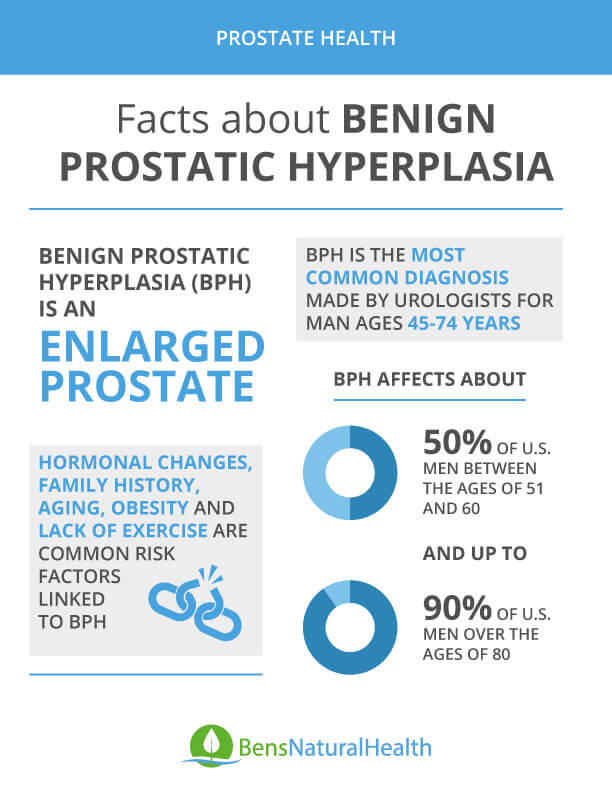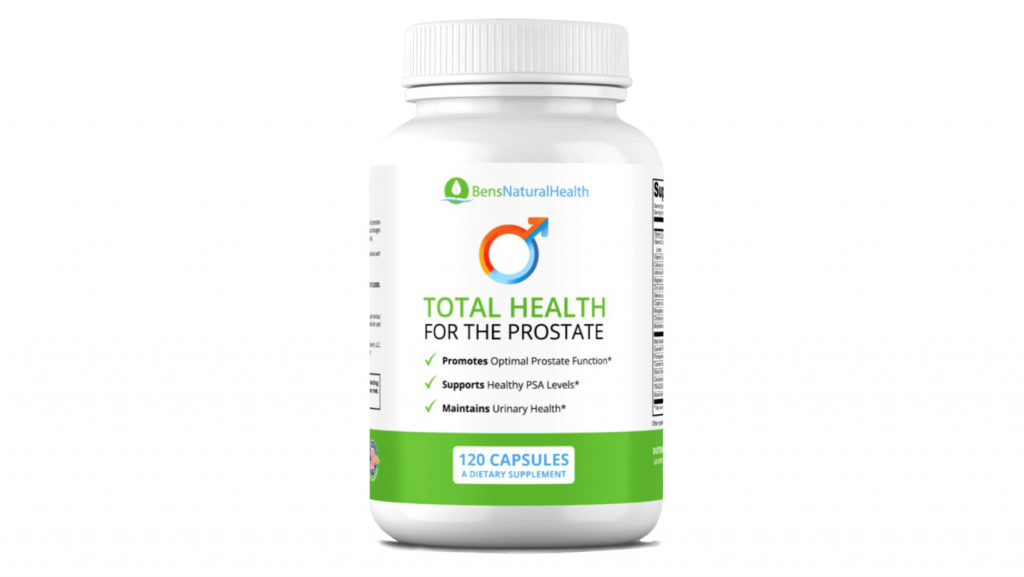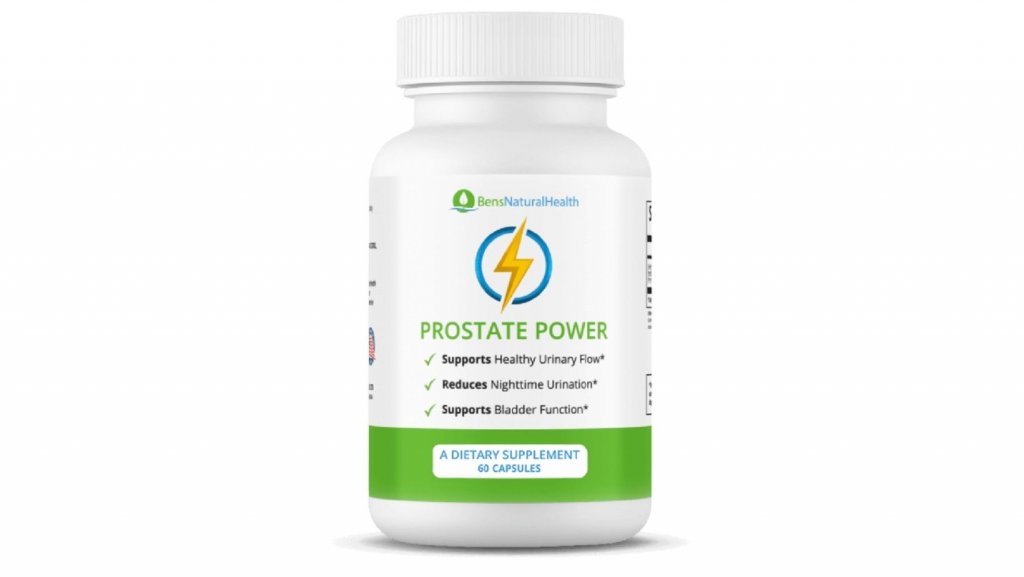The reproductive system in the male body has a small gland that plays a critical role.
Known as the prostate gland, this small part of the reproductive system produces a substance often referred to as prostate fluids. Once produced, the fluid is mixed with sperm.
The combination creates semen, which is what comes out of the penis during ejaculation.
The prostate gland continues to grow in size as a man’s age. In some men, however, there is a rapid growth of the prostate gland, leading to a condition known as benign prostatic hyperplasia.
Some men seem to be more likely to develop this condition and suffer an enlargement of their prostate than others.
Understanding the risk factors will help a man know when they should be more vigilant in terms of detecting the common signs of benign prostatic hyperplasia.

What is Benign Prostatic Hyperplasia (BPH)?
Benign prostatic hyperplasia is a condition that is rather common in older men. The condition affects the prostate gland and causes it to grow larger than the size it should be.
Usually, this gland has a size that is the same as a chestnut on average. In a man with benign prostatic hyperplasia, the prostate gland becomes much larger than this in some cases.
When benign prostatic hyperplasia starts to cause symptoms in the patient, it is usually due to the advancement of the condition.
The prostate sits in a position where the urethra runs through it. When enlarged, the prostate will start to apply pressure to the urethra, which can cause difficulties with the urinary system.
Consistent pressure applied to the urethra can lead to serious complications if the condition is not treated.
The restriction in urination caused by this pressure leads to urine staying behind in the bladder every time the man used the toilet. In turn, there may be bacteria that starts growing, leading to an infection.
Take into account here that urine is a combination of excess fluids in the body, along with waste materials filtered from the blood circulatory system. Thus, ineffective emptying of the bladder means some of the waste material remains in the organ. This is essentially what leads to such an infection.
One study estimates that about 75% of all men will have signs of benign prostatic hyperplasia by the time they reach 70 years of age.
The condition’s prevalence dramatically increases with age but can occur during the younger stages of a man’s life as well.
What are the signs and symptoms of BPH?
Men need to be able to recognize the signs of prostate growth before the condition causes them to suffer urinary problems associated with the condition.
When the symptoms are detected, and appropriate action is taken early, then the man can obtain the right treatments to help avoid them from experiencing a worsening of the condition.
Failure to detect these symptoms can also lead to serious complications.
Some common symptoms that men tend to experience when they develop benign prostatic hyperplasia include:
- There may be an urge to urinate often. (frequent urination).
- Urination becomes much more frequent as the prostate continues to swell up.
- Nighttime urination causes sleep disturbances.
- The urine stream tends to become weak due to the obstruction in the urethra.
- The urine stream may also be frequently interrupted during urination.
- Urine may leak after the man has urinated.
- Initiating a urine stream can feel difficult and uncomfortable.
When these symptoms persist, and the patient fails to obtain the right treatment for the condition, benign prostatic hyperplasia may lead to some of the following complications and more serious symptoms:
- Urine control may be completely lost.
- There may be damage done to the bladder.
- The kidneys may become damaged due to infection, caused by an obstruction in urine flow.
- Frequently affected by urinary tract infections.
- Urinary retention.
- Bladder stones may develop when all urine is not removed during urination.
- Some patients may find that there is blood in their urine.
What are the risk factors for BPH?
All men are at risk of benign prostatic hyperplasia, as the condition can affect anyone.
This being said, medical experts have discovered certain trends that display a higher risk for the condition among specific populations.
Men need to understand the risk factors that are associated with benign prostatic hyperplasia.
Some risks cannot be controlled – such as being a man, of course. On the other hand, several risk factors can be managed. When appropriate techniques are implemented to reduce these risk factors, the man becomes less likely to develop an enlarged prostate.
We take a closer look at some of the most important risk factors that seem to have a definite impact on a man’s likeliness for developing the condition below.
Genetic profile
Genes play an essential role in many factors within the human body and throughout the lifespan of a person
Many of these genes will be set at birth. In some cases, genes may predispose a person to a higher risk of suffering from specific diseases.
When a man has this condition running in his family, then he might be at an increased risk.
Some studies have shown a family history of benign prostatic hyperplasia to be an important part of the process of determining how high a specific individual’s risk is for developing this condition.
Physical inactivity
Physical activity is something that the human body requires to stay healthy and for all systems to work the way they need to.
Unfortunately, a large percentage of the global population are physically inactive. When a person is not physically active and gains enough exercise regularly, they are often classified as following a sedentary lifestyle.
There are several risks associated with inadequate physical activity. Men are more likely to develop a range of different cancers and also suffer from obesity, diabetes, and heart disease.
Thus, inactivity is something that should be avoided by men – especially when looking at an older-aged group of male patients.
A Harvard Medical School publication points out that some new studies found people who are physically inactive to be at a much greater risk of benign prostatic hyperplasia.
There is no need to overdo it on the bench or treadmill to remain active, however. Even just a brisk walk every day could already bring up about a convenient income boost.
Obesity and excess weight
Another critical element to consider when looking at the potential risk factors of benign prostatic hyperplasia is the weight of the patient.
Those will a normal and healthy weight are less likely to suffer from the condition that other people who may be obese.
The culprit behind the association between obesity and BPH is the estrogen levels that come with excess weight in the body.
Estrogen is a type of hormone. It is usually considered the primary sex hormone that is found in the male body. There is, however, some estrogen present in the male body – but a very small amount of it.
Estrogen has been linked to an increase in the growth of the prostate. Thus, when a patient is obese, then the elevation in estrogen levels can contribute to prostate tissue growing too fast. This can then lead to the development of benign prostatic hyperplasia.
Additionally, obesity puts a person at risk of metabolic syndrome. This is a term used to describe a wide range of different conditions, including diabetes.
The conditions that fall under the category of metabolic syndrome have been linked to increased growth of the prostate gland as well.
Diabetes
Diabetes itself is also an important disease to be noted when looking at potential risk factors for benign prostatic hyperplasia.
Diabetes is a condition that involves the way that the cells in the body react to insulin. They tend to become more resistant to the presence of insulin in the blood. In turn, these cells will not use the sugar content in the blood circulatory system.
In one study, researchers explain that there seems to be an important link between diabetes and prostate enlargement.
Unstable sugar levels in the blood can lead to possibly harmful complications. When blood sugar levels become too high, then it triggers more insulin to be released.
The research indicates that this increase in inulin levels that are experienced by patients with diabetes is what also leads to a trigger for prostate cells to start growing faster.
When this happens, the prostate becomes enlarged, and the patient is at risk of developed benign prostatic hyperplasia, along with other common complications that have been linked to diabetes.
Steps to reduce prostate enlargement
Even though there are several unmodifiable risks associated with the development of benign prostatic hyperplasia, men should realize that some of these risks can be reduced.
1) Diet
The phrase ‘you are what you eat’ remains distinctly true, and some studies have identified foods that help or hinder your prostate health.
Therefore, all men should consider consuming a prostate friendly diet, including fruit and vegetables, legumes, nuts and seeds, healthy sources of fat.
Research has indicated that plant-based diets may reduce the risk of prostate diseases. Fruits and vegetables contain antioxidants, polyphenols, vitamins, minerals, and fibers that reduce may help reduce inflammation in BPH and improve urinary symptoms.
Get Your FREE PSA Lowering Diet Plan!
- Naturally lower PSA levels
- Reduce nighttime trips to the bathroom
- Enjoy better bladder control and urine flow
2) Exercise
According to the American Cancer Society, not being active is a key factor that can increase a person’s risk of cancer.
Countless studies have shown that exercise can prevent prostate enlargement and help to manage BPH symptoms.
A meta-analysis involving 43,083 men looked at the relationship between physical activity and benign prostatic hyperplasia (BPH).
The results suggested that men undertaking moderate or vigorous physical activity were less likely to develop BPH compared with prolonged sedentary time.
3) Weight
Obesity is the main component of the metabolic syndrome and is strongly linked with BPH. Making changes to your lifestyle, through diet and exercise, could significantly reduce your risk of developing an enlarged prostate.
For example, in the Baltimore Longitudinal Study of Aging, the male participants underwent prostate examinations and body composition measurements between 1992 and 2002.
There was a correlation between increasing BMI and increasing prostate volume. Elevated fasting blood sugar levels and diabetes were also linked with prostate enlargement.
By maintaining a healthy weight, studies have indicated that weight loss can improve urinary function in obese men.
What are the treatment options for BPH?
In addition to understanding that risk factors can be effectively lowered, the presence of an enlarged prostate can also be managed.
Several techniques have shown positive results in terms of reducing the size of the prostate in a male patient with benign prostatic hyperplasia.
The specific options that would work best for the patient depending on how severe the prostate enlargement is.
A more serious condition may require invasive treatment options, such as surgery, but when the condition is not as severe, then several non-invasive options may be used for the treatment of BPH.
Finasteride and Dutasteride are two medications commonly prescribed to help the management of BPH (benign prostatic hyperplasia’s) symptoms and the direct impact the condition has on the prostate gland.
However, patients who are interested in using these drugs to improve prostate health and reduce existing symptoms of the condition should also be made aware of potential side-effects they could experience.
Patients using Dutasteride may experience problems with their sex life, often finding that their libido is diminished and experiencing erectile dysfunction.
The drug has also been linked to depression symptoms, as well as a higher risk of heart disease and heart failure.
Some evidence also points out that among Dutasteride side-effects is an increase in cholesterol levels, as well as a higher likeliness for developing diabetes.
Flomax (Tamsulosin) is another common prescription drug that is in the category of alpha-adrenergic blockers. This means that antagonize the alpha-adrenergic part of the nervous system.
It works specifically relaxes the muscles around the prostate gland, helping to improve urine flow.
However, while Doctors prescribe Flomax more often than any other drug for the prostate, it can have a number of adverse side effects, including erectile dysfunction, lowering blood pressure, incontinence, and even sudden loss of consciousness.
Natural treatments
There are also certain natural remedies for BPH that patients can use to alleviate symptoms and possibly even reduce prostate volume without the need for pharmaceutical chemicals. The safety profile is usually much more favorable compared to pharmaceutical options.
When looking to use supplements, men should look for products that contain high-quality extracts of Saw Palmetto.
This plant seems to act as a 5a-reductase inhibitor in the body, which is the same feature presented by some of the pharmaceutical drugs that are available today.
Other supplements include those that contain quercetin, which is known for its antioxidant activity that affects the entire body, including the prostate gland.
Lycopene may help to reduce inflammation, while beta-sitosterol has been shown to potentially reduce the size of the prostate in a man with BPH.
Ben’s Natural Supplements For Prostate Health
At Ben’s Natural Health, our prostate supplements are a great natural remedy for an enlarged prostate and prostatitis.
Total Health
Our natural supplement, Ben’s Total Health contains ingredients clinically proven to reduce prostate size, manage BPH symptoms and help you restore optimal prostate health.

Clinical trials and meta-studies show the active ingredients in Total Health have a positive impact on prostate volume, improve lower urinary tract symptoms, and decrease the risk of acute urinary retention.
Prostate Power
Our dietary supplement, Prostate Power, contains ingredients clinically proven to shrink an enlarged prostate and slow the progress of BPH and prostate disease.

The key active ingredients in Prostate Power have been shown in numerous clinical trials and meta-studies to shrink prostate volume, improve urine flow and decrease the risk of acute urinary retention.
Conclusion
Benign prostatic hyperplasia is not usually considered a serious condition, but some men may experience complications that can become fatal.
The risk factors associated with the development of benign prostatic hyperplasia should be known by all men, as this would help them determine whether they are likely to develop an enlarged prostate.
This would ensure the patient can identify symptoms at a stage where the condition is not serious and obtain treatment to manage the enlargement of their prostate.
Explore More








